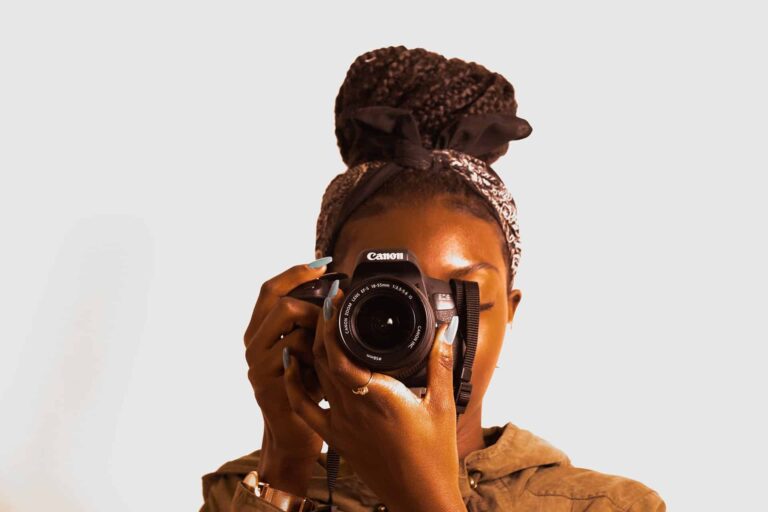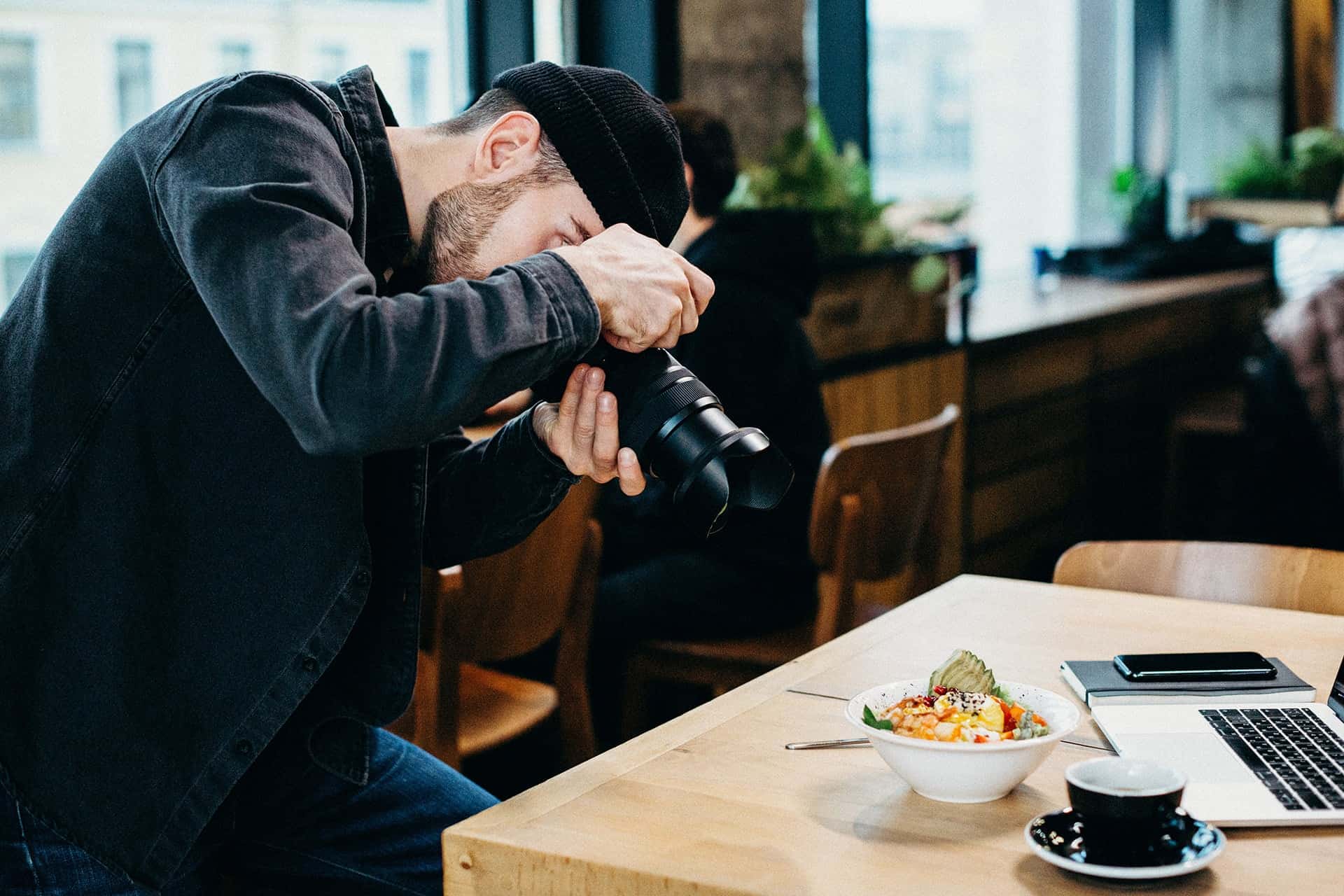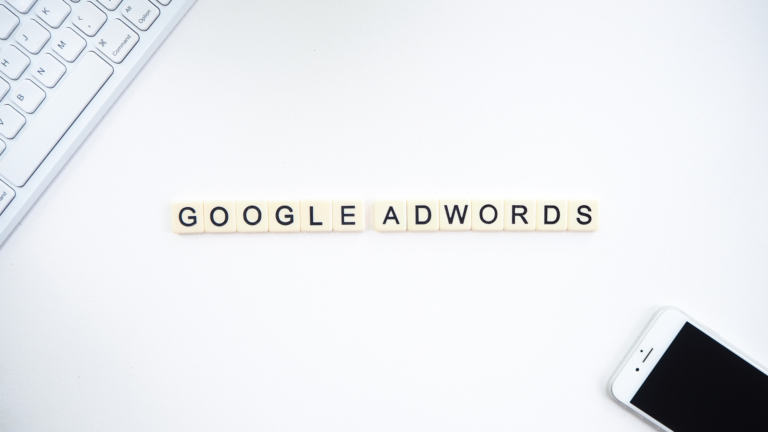How to Make the Most Out of Your Video Shoot in 2025
Planning your next TV campaign? Or maybe your social media calendar is crying out for a refresh with authentic, real-life video content that actually engages your audience? Either way — let’s help you get organised for your next video shoot.
Whether you’re hiring a professional production company or capturing content with your phone, there are a few crucial elements to consider in the planning phase. And it all starts with one thing: the brief.
Before Storyboards, Focus on Deliverables
Before jumping into creative storyboards and mood boards, clarify what you actually need from the video shoot. Gone are the days when you could commission a single 30-second landscape-format video to host on your website or run on YouTube.
In 2025, content fatigue is real. TV ads have a shelf life of about a month before they need a refresh. For paid social ads, it can be as short as two weeks — depending on your audience size and reach. If your average reach is around 200k, you’ll notice engagement drops off quickly if content isn’t refreshed or diversified.
That’s why your deliverables list should never be limited to just one hero piece.
Example deliverables list from a recent project:
- 1 x 30-sec TV commercial
- 1 x 60-sec hero video for paid social advertising
- 10 x 15-sec clips optimised for social media and paid ads
- 30+ still images for website, OOH, and social media
Pro Tip: Aim to build a content bank from your shoot — enough to fuel your social calendar, paid ads, and organic content for several months.

Think Multi-Format, Multi-Channel
Different platforms, different specs. It’s essential to plan for where your content will live. For example:
- TV commercials require specific aspect ratios (usually 16:9), file formats, and broadcast standards.
- Paid social hero videos often work best in square (1:1) or vertical (9:16) format for Instagram Reels, Facebook, and TikTok.
- Website banners or homepage videos might need a different edit altogether.
- Social snippets and stories should be quick, punchy, and tailored to each platform’s best practices.
Make sure your videographer or production team knows exactly what’s expected. The clearer your brief, the more efficient (and valuable) your shoot day will be.
📸 Create a Clear Shot List
Once deliverables are locked in, outline the must-have and nice-to-have shots. This provides your videographer and director with the structure they need to build storyboards and a shot schedule.
Having a shot list also ensures you don’t miss any crucial moments — and gives you flexibility to grab bonus content if time allows.
👥 Plan for Talent and Usage Rights
Incorporating real people into your videos adds authenticity and boosts engagement. But it comes with responsibilities:
- Factor in model fees (half-day/full-day rates)
- Budget for licensing fees depending on usage (digital, print, OOH, TV, etc.)
- Always have contributor release forms signed
- Clearly communicate where and how their images or videos will be used
If shooting in a public or semi-public space (restaurants, hotels, resorts), organise:
- On-site signage to inform people about filming
- Pre-notify guests where possible
- Gather signed waivers if individuals are recognisable in your content
This avoids legal and reputational headaches later.
📌 Final Pre-Shoot Essentials
A few extra tips to keep your shoot day running smoothly:
- Create a production schedule with time slots for each key shot
- Share a call sheet listing crew, models, timings, and contact details
- Ensure your branding elements (logos, props, products) are prepped and available
- Confirm weather backups if outdoors
- Pre-plan locations, permits, parking, catering, and power needs
When in doubt — overcommunicate. It’s better to overshare shoot details than risk misalignment on the day
Maximise the ROI of Every Shoot
Video production is an investment — make sure you’re not walking away with just a single video. In 2025, content needs to be versatile, multi-format, and platform-specific.
Be clear in your briefing, think long-term, and build yourself a content library that keeps your channels fresh for months to come.
Happy content creating! 🙂





